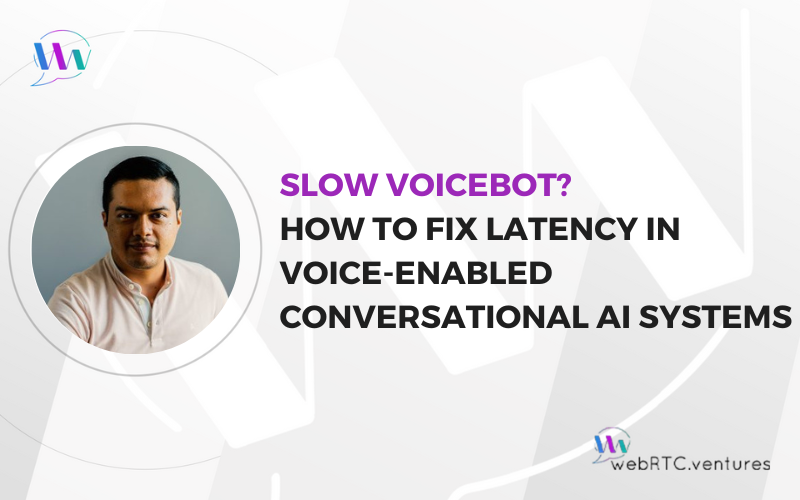
As WebRTC developers, we’ve gotten very good at moving real-time media around the globe. But often, the most exciting and valuable work happens when we stop just routing media and add some processing to it. The challenge is that building custom, real-time media processing workflows is often

Digital media delivery today relies on two powerful but separate approaches: scalable streaming and real-time conversation. Each one excels at a specific purpose, and understanding both reveals why MOQ represents a fundamental shift in how we may be building these applications in the future. Let’s explore what

Voicebot latency is the most critical performance metric for voice-enabled Conversational AI systems. While text-based interactions can tolerate response delays of several seconds, voice agents must respond as quickly as possible to maintain natural dialogue flow. Even slight delays create slow voicebots with perceptible awkwardness that degrades

Earlier this week, I had the privilege to travel back to my alma mater, the Illinois Institute of Technology in Chicago, to speak at and attend the IEEE RTC Conference & Expo 2025, which covered WebRTC, Mobility, VoIP, and Next Generation 911. This annual event continues to






